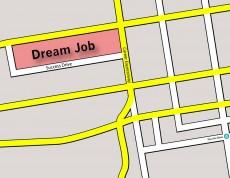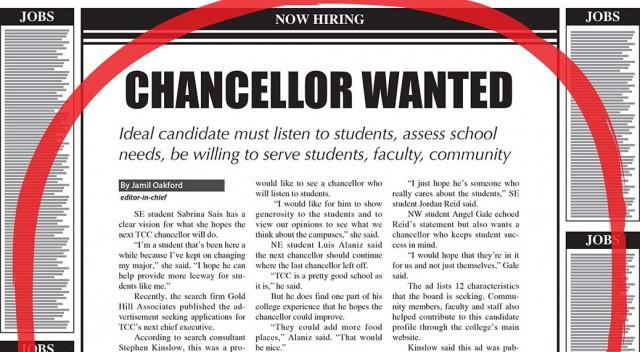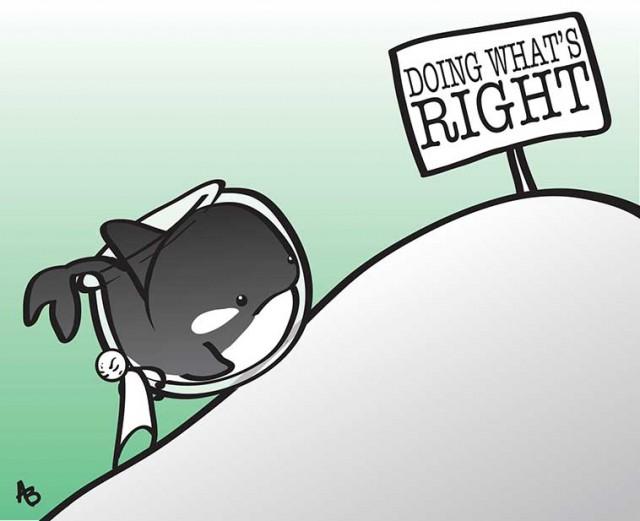By Aubrey Polk/ reporter

Suzann Clay/The Collegian
Dream jobs are not always realistic, TR career service specialists said March 22.
Jessica Valadez and Jennifer Bonds spoke to students about how to create a map for pursuing a dream job.
“Glimpse at the job market,” Bonds said.
Students need to understand that the average number of applicants per job posting is 118, but the applicant tracking system eliminates 75 percent of those before the employer ever looks at them, Bonds said. Plus, the amount of jobs that are never advertised is 80 percent.
Students should get some ideas flowing about what possible career path they want to take, Valdez said.
“You have to assess the three big priorities in your life before you can start mapping out a plan,” she said.
Students also should prioritize their work/life balance, job satisfaction and financial considerations, the pair said. Work/life balance takes into account family, personal activities, education, age and many other aspects. Students must realize what is important for them to have or not have when looking for the right career.
“Be willing to compromise on some things, but do not compromise everything just because you think you can do it all,” Bonds said.
Job satisfaction is one of the most overlooked aspects of career mapping. People think they are going to be happy with their jobs for the rest of their lives, but that is not always true. The speakers told the students to look for a company that shares common core values and where they can learn new things and move up.
The most common mistake people make when looking for a career path is financial considerations, the pair pointed out. According to Forbes, 42 percent of professionals do not feel comfortable negotiating salaries. If students avoid salary negotiations, they could lose out on more than $500,000 by the age of 60.
After realizing their priorities, students must also consider the need(s) of the employer, Valadez said. They need to realize their skills and determine how they match up to what the employer desires.
“Remember, you’re not fishing for compliments,” she said. “You are listening to understand exactly what skills the employer or position requires and how you measure up.”
The speakers told students to be realistic with the positions they apply for. Students do not want to waste their time in a career that will ultimately be unfulfilling. Students need to evaluate their skill set and requirements in relation to the desired role. Most students find few companies that fit their needs and vice versa.
Students have many directions to explore when searching for the right career. Bonds and Valdez said to set short-, mid- and long-term goals and strive everyday to reach them. And if students take a wrong turn, they shouldn’t worry. That is what GPS is for — getting one back on track.



























